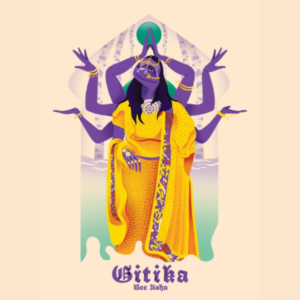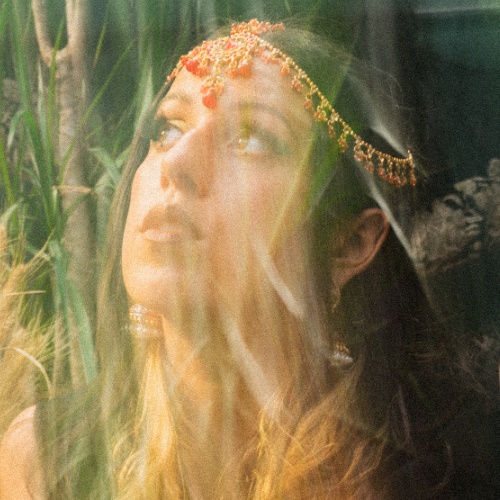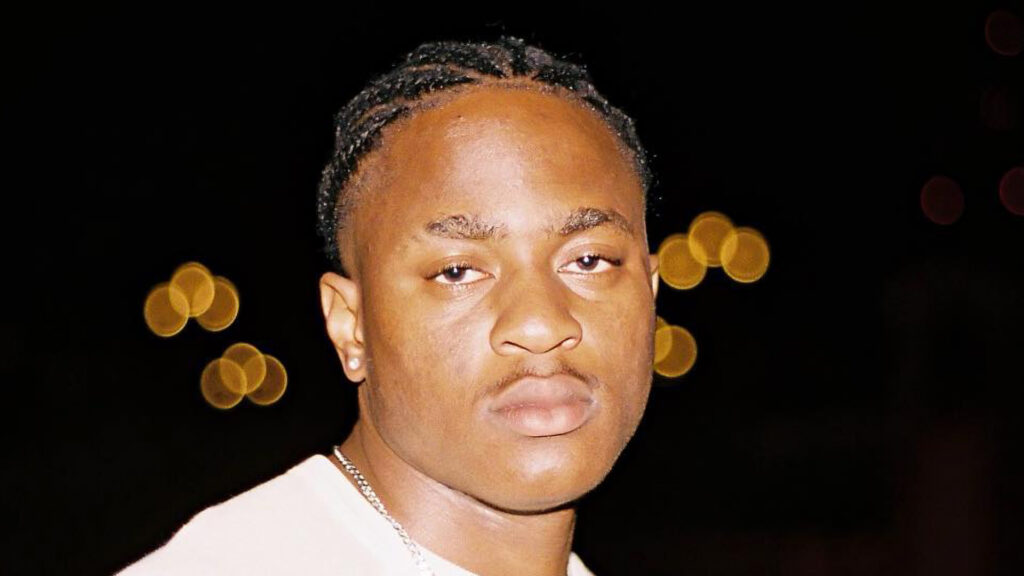Spoken word came from the American Beat Poet movement, starting in the 1940s by New York authors. In a nutshell, the art form is storytelling to music. Although there’s a crossover between hip-hop and rap, there’s less need to hit a beat at certain times; it’s rhythmic in its own special way. Artist Bee Asha always felt a pull to writing. She got into rapping with pals in a trio called The Honey Farm. The writing kept flowing, but it didn’t always sit right for the band. She trialled her scribblings solo at open mic nights, where it became clear she had a talent for spoken word.
Bee intuitively knew when to let words land and how to put cadences on words for impact. Is poetry dull? No way, not in the slightest. However, she had scores of people come up to her at events and say she’d opened their minds to it. “They used to think it was boring, but they really enjoyed my performances.” It was enough encouragement for her to stick at it. Before long, she made a name for herself in Scotland’s bustling poetry and music scene.
When you’ve been in a cosy trio, going solo takes effort. Bee found it tricky at first. If she’s honest, she doesn’t adore standing on stage herself. “I was used to bouncing off the Honey Tree gal’s energy on stage I lost a lot of joy from going solo.” But now she’s lucky enough to perform live with a full band. “We’re called Bee Asha & The Band Tees. Me and four incredible women. So I’m loving it again.”
Collaboration is key. Bee works with highly skilled people: artists, musicians, producers, directors, set designers – the list goes on. “I love having multiple ears, eyes and voices on a project, but I couldn’t do any of the work without my co-creator, Lea Luiz De Oliveira. I started the Spit it Out Project with her. She’s the powerhouse pushing me on, reminding me I can.”
A group of creatives in Edinburgh, with Bee, formed The Spit It Out Project, which featured in The Young Women’s Movement’s 30 under 30 most inspirational women. They come together to use creativity to heal from trauma, using art to show what they’ve gone through. It’s about wanting to feel seen and heard. “We’re a registered charity with five employees and 27 volunteers. Each month, we run up to 15 events for people to join our community and learn creative ways to connect, express and learn, including a ten day festival every June.” They don’t just want change but sustainable change. Can they change how people view each other and themselves, how they heal, connect, and access and give support?
Not one to shy away from new initiatives, Bee is also a part of the Gitika project – a collaboration with local artists from marginalised communities. Expect spoken word, a mash of music and filmmaking delving into themes of connection and disconnection, culture, loss and healing. “The project as a whole is eight tracks released with three music videos highlighting the power of art in activism and social change. The album explores a variety of genres like house, garage, spoken word and rap.” It’s quite a step from her mix tape, From Girl to Men. “I’m ever-changing and growing, and so is my creative practice.”
Multiple projects, gigs, writing, how does one keep sharp when dealing with doing so much at once? Google Calendar is Bee’s saviour. “I’m obsessed with it. I couldn’t get by if it wasn’t for colour-coding my days and to-dos. I forget anything which I haven’t put in there.” Solo music is purple, Honey Farm is yellow, Spit it Out is pink, friends is Orange, and family is green. There are twelve colours altogether. As a lovely touch, lavender days are for things she says are simply good for her, leaving us to wonder what’s the colour for rest.
Next story





